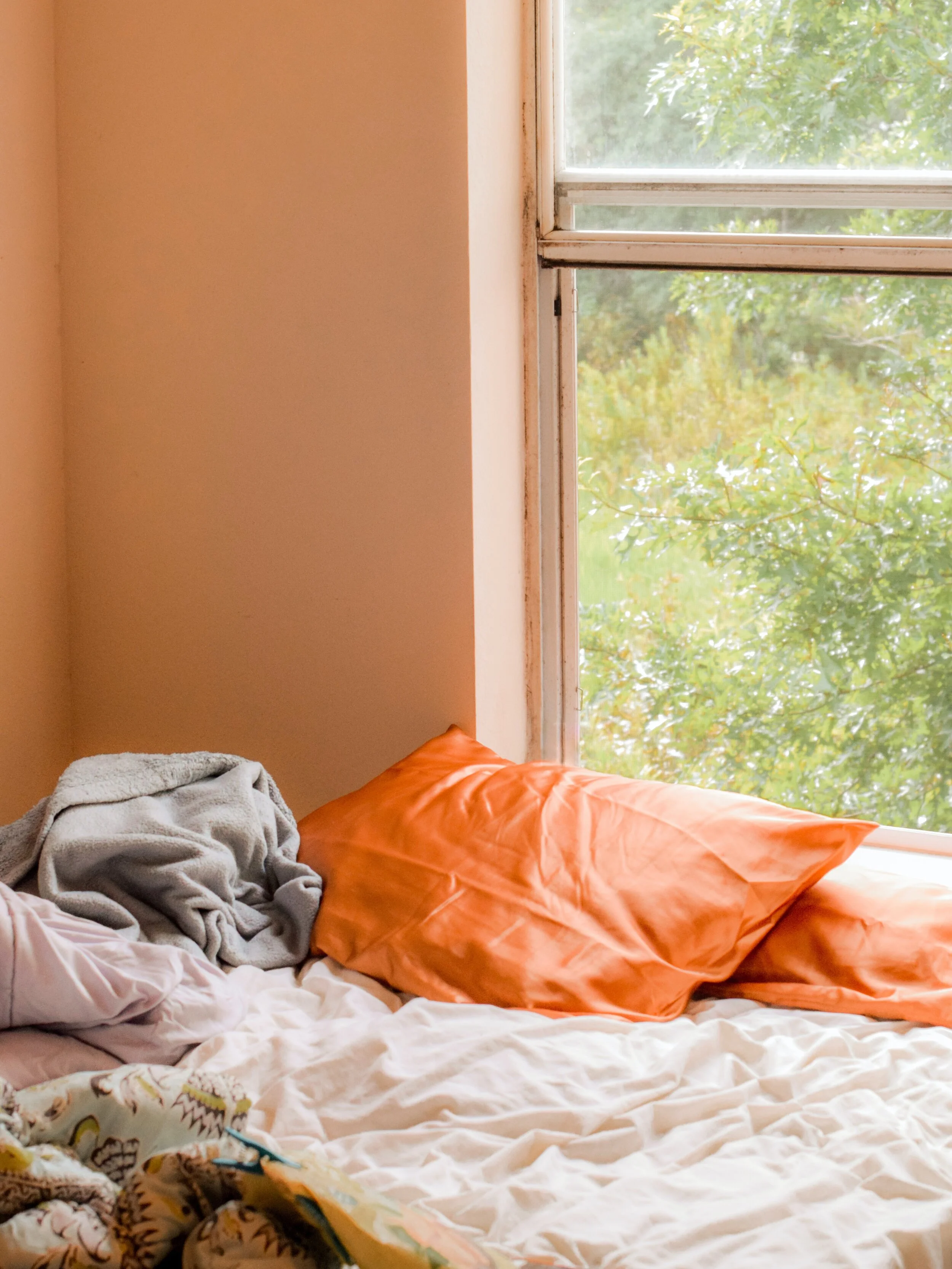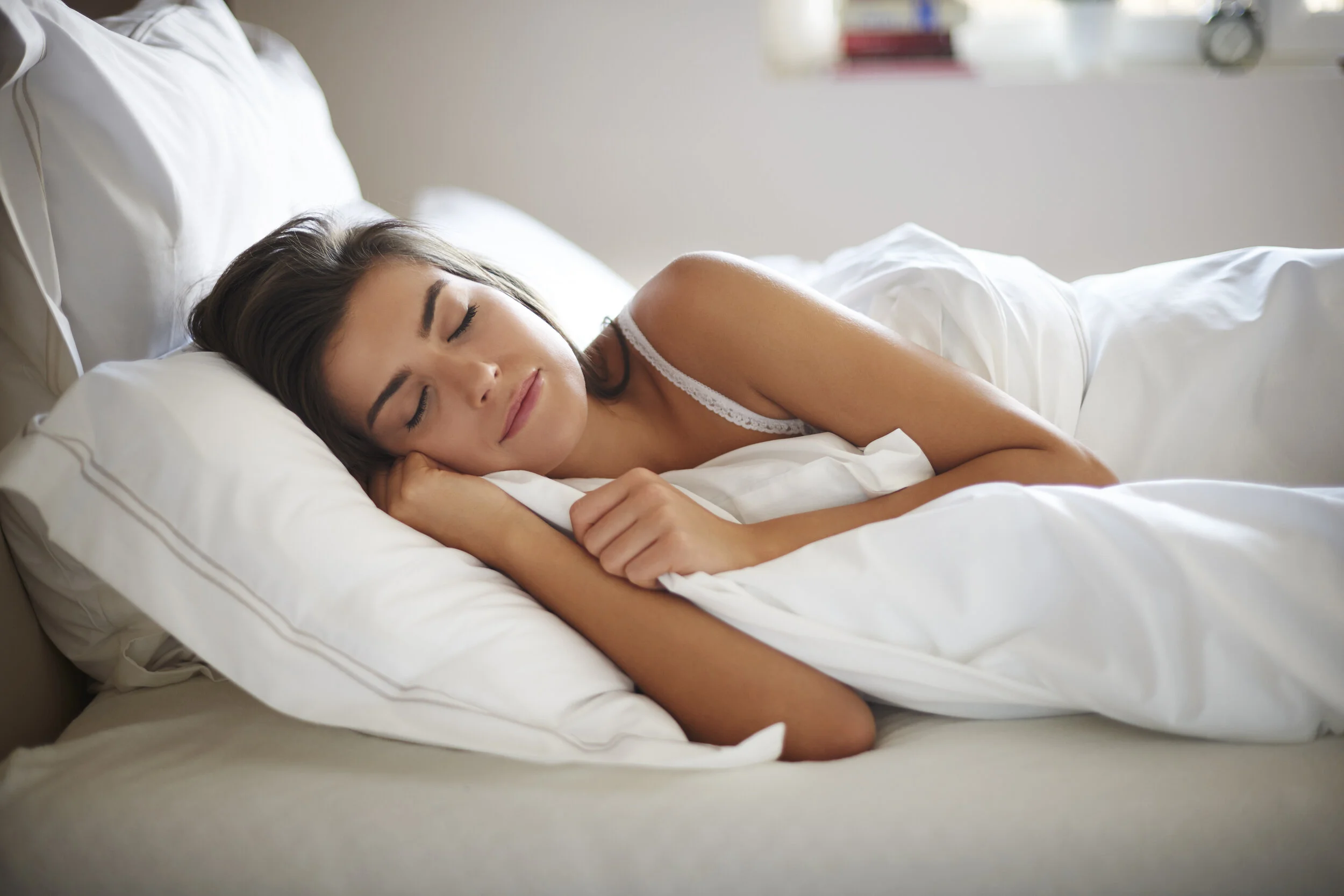What Sleep Position is Best?
Does how you fall asleep take up a lot of your thoughts? If it does, you may be wondering if your sleep position is the healthiest it could be. Maybe you’re curious if your sleep position has an impact on your back pain or why you keep waking up throughout the night. Is your sleep position really that important?
We’ve broken down why sleep position matters, what sleep position is best for you and how you can shift your sleep position depending on what your body tells you.
Why Does Sleep Position Matter?
The way you sleep may not matter as much when you’re a child or a young adult. For older people, those with chronic pain, health conditions or who are more prone to aches sleep position matters quite a bit.
When you sleep, your body relaxes far beyond anything you can comprehend. Even when you “relax” while awake, it’s nothing like what happens while you sleep. This absolute relaxation can inadvertently put pressure on joints or muscles or cause pulling on certain parts of the body.
People do move around in their sleep but if you can fall asleep in a position that works for any challenges your body may be facing, then you’re setting your body up for sleep success.
Picking Your Sleep Position
Some of the health or medical conditions to consider when choosing your sleep positions include:
Back, Knee or Neck Pain
Support and reducing pressure for chronic pain or joint aches should be a top priority. Sleep positions that allow that extra support, that reduce the risk of twisting or pulling and that are still comfortable would be the best choice.
The Best Sleep Position
The best sleep position for those with aches and pains are those that rely on pillows for extra support. For lower back pain, sleeping on your back with a pillow under your knees or on your side with a pillow between your knees is helpful.
Fetal position sleeping can put extra strain on lower back pain so try to keep your spine in a neutral position. Stomach sleeping can also cause extra pressure on neck or back pain because of the slight backwards curve caused with a tilted head and backwards bend on the spine.
Snoring or Sleep Apnea
Sleep apnea - particularly obstructive sleep apnea - can be made worse by sleep positions. Throat muscles relax so much that the throat can actually close and cause a pause in breathing. This relaxation is what can cause snoring as well.
The Best Sleep Position
Sleeping on your back is one of the worst things you can do for sleep apnea or snoring. The gravitational pull back can aggravate this relaxation, drop your tongue back into your throat and make snoring or sleep apnea worse. For those who do want to sleep on their back, raising your head with pillows or a sleep wedge can help reduce this pull.
Side sleeping is the preferred sleep position for those with sleep apnea or who are prone to snoring. It reduces the pressure on your throat muscles and encourages blood flow.
Breakouts, Wrinkles and “Fresh Face”
If you have a special event or tend to break out, then stomach or side sleeping might not be the best choice for you. The material on pillows can scratch or irritate skin. The material can also leave temporary wrinkles on your face.
The Best Sleep Position
If you’re celebrating a special day or want to look as fresh faced as possible then sleeping on your back is a better call. That being said, using silk pillow cases or soft linen can help to reduce this as well. If you tend to break out when you sleep on your stomach, then watching or changing your pillowcase more often might help with that, too.
Is Sleeping On Your Stomach Bad?
As a general rule, sleeping on your stomach should be avoided when possible. The slight backward bend is hard on your spine and having your head turned one way or the other for the entire night is also not great for the neck muscles.
If You Sleep On Your Stomach
Sleep patterns can be hard to break. While it’s a good idea to try to break out of this habit, do not put too much pressure on yourself if it is causing you stress. Sleep is, after all, supposed to be a relaxing time.
If you do sleep on your stomach, choose a flatter pillow to reduce this backwards bend on your spine and neck. Take time to stretch before bed and be slow to turn your head in the morning in case any muscles tensed up over night. You can also reduce pressure on the lower back while sleeping on your stomach if you pull one leg and knee up.
How To Stop Sleeping On Your Stomach
For those who usually sleep on their stomach, the fetal position is a great transition sleep position. Stomach sleepers usually do so because it reduces the pressure between the mattress and any bumps or knobs. Side sleeping can cause the mattress to dig into the shoulder or hip. This is especially true if you have a harder mattress.
Fetal positions soften this pressure by curving the body a bit. It can make side sleeping more comfortable.
The Best Sleep Position
Unfortunately, there is no single best sleeping position. Pay attention to your body and adjust your sleep position as needed. This way, you aren’t simply using the “best” sleep position but instead the best sleep position for you.


